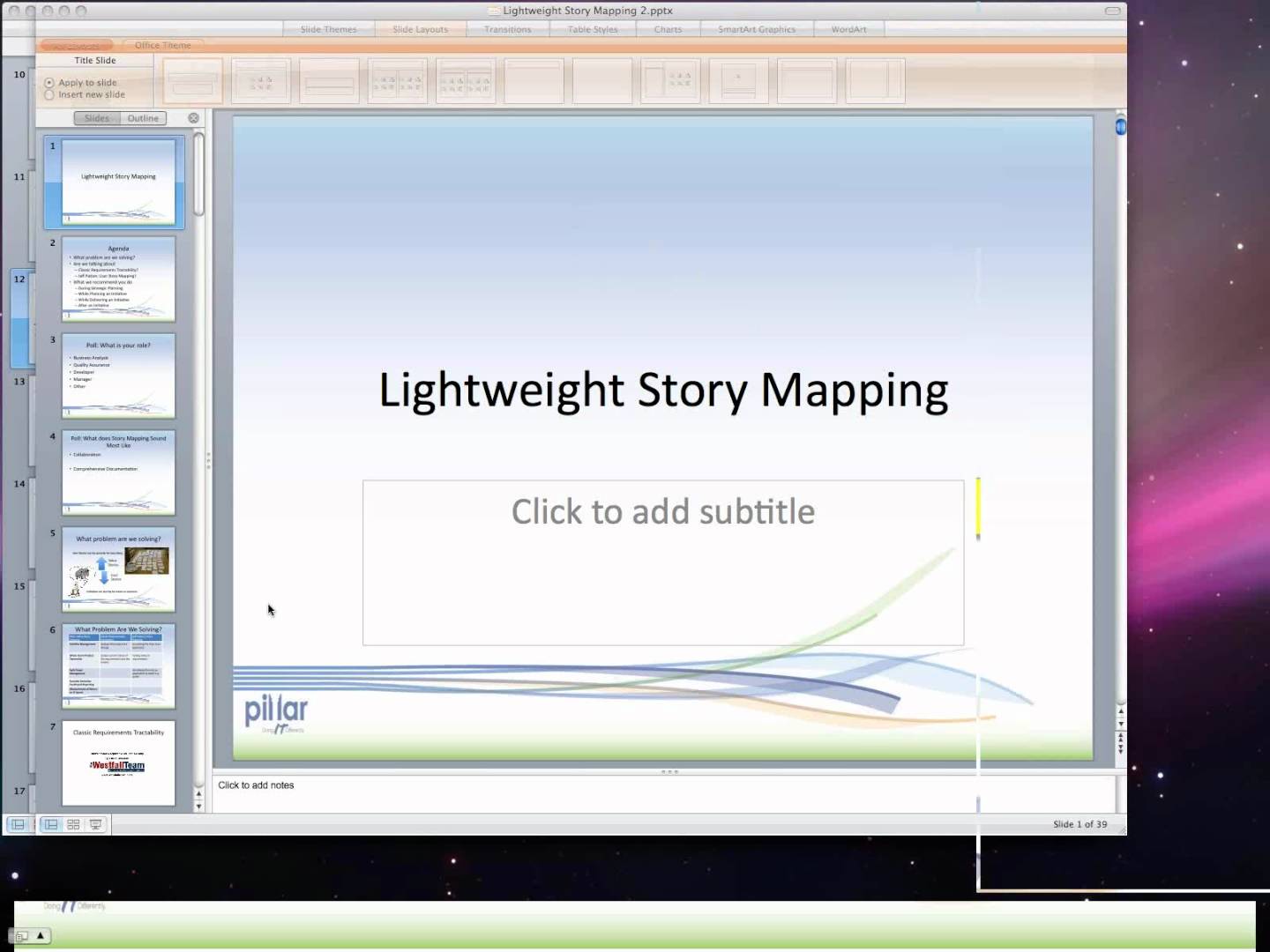Lightweight User Stories Mapping
Learn how you can improve your business analysis with Agile story mapping, a technique that maps your stories back to business value. Thus you will be able to know if they make or save the company money and you will learn the benefits of bi-directional requirements traceability .





